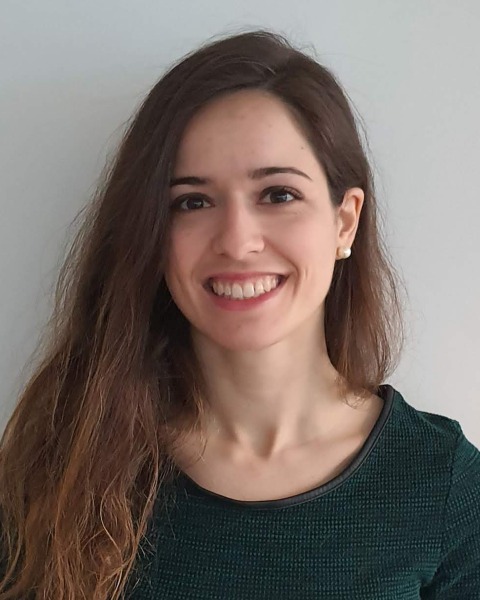Tissue Engineering
Tissue Engineering - Poster Session C
Poster BB3 - Investigating the role of exercise on neuromuscular health and disease in a multi-tissue human in vitro model
Friday, October 25, 2024
10:00 AM - 11:00 AM EST
Location: Exhibit Hall E, F & G

Tamara Rossy, MSc, PhD (she/her/hers)
Postdoctoral Fellow
Massachusetts Institute of Technology, United States- RR
Ritu Raman, PhD
Eugene Bell Assistant Professor
MIT, United States
Presenting Author(s)
Last Author(s)
Introduction: By enabling voluntary movement, the musculoskeletal system is a major contributor to the autonomy and life quality of individuals. Unfortunately, motor control can be impaired with aging, often correlated with the onset of neurodegenerative diseases such as amyotrophic lateral sclerosis (ALS). ALS is typically characterized by the degeneration of motor neurons in the spinal cord and brain stem, accompanied by denervation of neuromuscular junctions and muscle atrophy. Because of its broad clinical presentation and unknown genetic driver in most cases, ALS still lacks a clear etiology. Repeated muscle contractility, or strenuous exercise, is frequently listed as a potential risk factor for ALS, as it may lead to microinjuries and increased levels of reactive oxygen species. On the other hand, in mice, we have reported exercise-induced benefits for the nervous system, such as upregulation of signaling pathways related to neurite growth and synapse formation. In ALS patients, exercise has also been shown to improve motor function after symptom onset. As illustrated by these contrasted findings, the mechanisms by which exercise training influences signaling between muscles and the nervous system in ALS patients remains unclear.
Materials and
Methods: To elucidate this, we are developing a multi-tissue in vitro model comprising muscular and peripheral nervous components derived from human induced pluripotent stem cells (hiPSCs). We started by differentiating functional muscle fibers from myogenic progenitors derived from the hiPSC line NCRM-1 (reprogrammed from cord blood cells of a male donor). To study how different regimes of exercise influence muscle fiber type and maturation, we leverage electrical and optical stimulation to train healthy hiPSC-derived muscle with different frequencies and duration of electrical stimulation, mimicking various intensities of exercise. We use real-time PCR and immunofluorescence to analyze the expression of different myosin isoforms (MYH1, MYH2, MYH3, MYH7), as well as the muscle stem cell marker PAX7, to compare whether and how exercise alters fiber type distribution and maturation. In future work, we will assess the effect of muscle exercise on the formation and function of neuromuscular junctions by integrating these cells with hiPSC-derived motor neurons in a co-culture platform as described below.
Results, Conclusions, and Discussions: We have established a novel method of culturing aligned skeletal muscle on micro-grooved extracellular matrix-mimicking fibrin hydrogels. This 2.5D culture format provides mechanical and biochemical cues that mimic the native environment and enables high-throughput imaging of millimeter-scale muscle tissues with single-fiber precision. With this platform, we successfully differentiated hiPSC-derived myogenic progenitors into aligned muscle tissue capable of generating synchronized, repeatable contractions upon electrical stimulation (Figure 1a-d), which enables exercising tissues in a minimally invasive manner. Our custom computational frameworks enable converting videos of muscle contraction into spatial maps of force production. Furthermore, since the micro-grooved substrate promotes alignment of the muscle fibers, they generate forces along a pre-defined direction, thus enabling quantitative comparisons of contractility in different conditions. In addition, we aim to integrate our 2.5D culture platform into a meso-fluidic chip comprising compartments for muscles and motor neurons (Figure 1e) based on our established mouse neuromuscular co-culture models. This co-culture chip will allow us to investigate exercise-mediated neuromuscular crosstalk in healthy tissues, such as a potential enhancement of neurite growth and synapse formation. In the future, we will extend these methods to hiPSC-derived neuromuscular tissues from ALS patients. Overall, we anticipate that our in vitro multi-tissue platform will be a valuable tool to study the effects of exercise on neuromuscular tissues in health and disease.
Acknowledgements (Optional):
